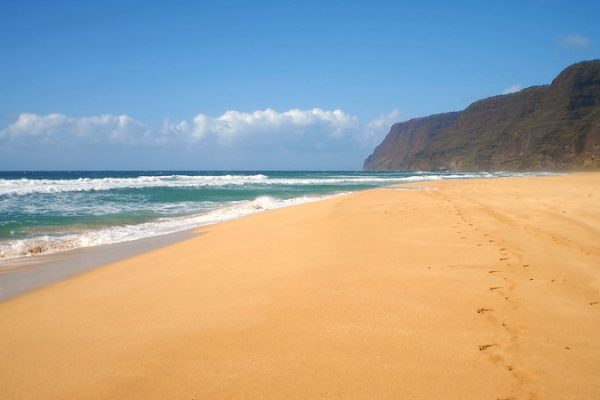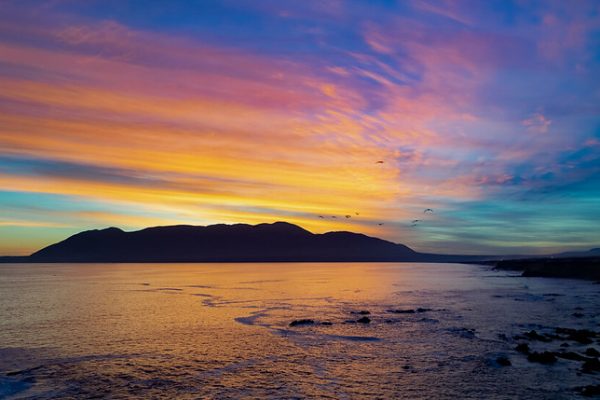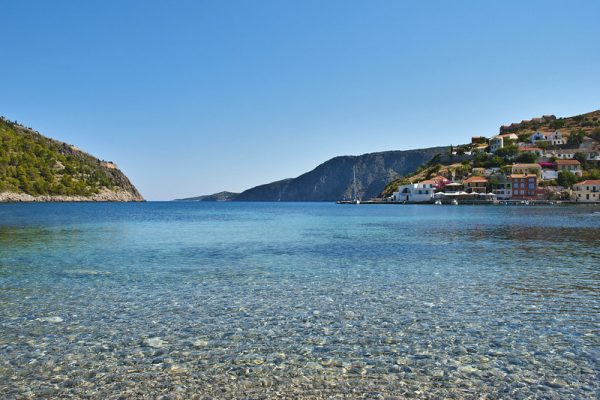8 Top Books on Data Cleaning and Feature Engineering
Data preparation is the transformation of raw data into a form that is more appropriate for modeling. It is a challenging topic to discuss as the data differs in form, type, and structure from project to project. Nevertheless, there are common data preparation tasks across projects. It is a huge field of study and goes by many names, such as “data cleaning,” “data wrangling,” “data preprocessing,” “feature engineering,” and more. Some of these are distinct data preparation tasks, and some […]
Read more








